-
Executive Summary
-
Scope of the Report
-
Market Definition
-
Scope of the
- Research Objectives
- Assumptions & Limitations
-
Study
-
Market Structure
-
Market
-
Research Methodology
-
Research Process
-
Secondary Research
-
Primary Research
-
Forecast Model
-
Market Landscape
-
Five Forces Analysis
-
of New Entrants
-
of Buyers
-
Segment Rivalry
-
Chain of Global Detergent Alcohol Market
-
Threat
-
Bargaining Power
-
Bargaining Power of Suppliers
-
Threat of Substitutes
-
Value Chain/Supply
-
Industry Overview
-
of the Global Detergent Alcohol Market
-
Introduction
-
Growth Drivers
-
Impact Analysis
-
Market Challenges
-
Market Trends
-
Introduction
-
Growth Trends
-
Impact Analysis
-
Global Detergent Alcohol Market, by Source
-
Introduction
-
Natural
- Market Estimates & Forecast, 2020–2027
- Market Estimates & Forecast by Region, 2020–2027
- Market Estimates & Forecast, 2020–2027
-
Synthetic
-
Market Estimates & Forecast by Region, 2020–2027
-
Global
-
Detergent Alcohol Market, by Application
-
Introduction
-
Domestic & Industrial Cleaning
- Market Estimates
- Market Estimates & Forecast by Region,
-
& Forecast, 2020–2027
-
Cosmetics & Personal Care
- Market Estimates &
-
Market Estimates & Forecast, 2020–2027
-
Forecast by Region, 2020–2027
-
Pharmaceutical
- Market Estimates & Forecast, 2020–2027
- Market Estimates
-
& Forecast by Region, 2020–2027
-
Wastewater
- Market Estimates & Forecast, 2020–2027
- Market Estimates & Forecast, 2020–2027
- Market Estimates & Forecast by Region, 2020–2027
- Market Estimates & Forecast, 2020–2027
- Market Estimates & Forecast by Region, 2020–2027
-
Treatment
-
Market Estimates & Forecast by Region, 2020–2027
-
Plasticizer
-
Others
-
Global Detergent Alcohol Market, by Region
-
Introduction
-
North America
- Market Estimates & Forecast,
- Market Estimates & Forecast, by Source, 2020–2027
- Market Estimates & Forecast, by Application, 2020–2027
-
US
-
Market Estimates & Forecast, by Source, 2020–2027
-
Estimates & Forecast, by Application, 2020–2027
-
Canada
-
Market
-
Market Estimates & Forecast, 2020–2027
-
Market Estimates & Forecast, by Source, 2020–2027
-
Estimates & Forecast, by Application, 2020–2027
-
& Forecast, by Source, 2020–2027
-
by Application, 2020–2027
-
Market Estimates & Forecast, 2020–2027
-
Forecast, by Source, 2020–2027
-
by Application, 2020–2027
-
Market Estimates & Forecast, 2020–2027
-
Forecast, by Source, 2020–2027
-
by Application, 2020–2027
-
Market Estimates & Forecast, 2020–2027
-
Forecast, by Source, 2020–2027
-
by Application, 2020–2027
-
Market Estimates & Forecast, 2020–2027
-
Forecast, by Source, 2020–2027
-
by Application, 2020–2027
-
Estimates & Forecast, 2020–2027
-
by Source, 2020–2027
-
& Forecast, 2020–2027
-
Source, 2020–2027
-
& Forecast, 2020–2027
-
Source, 2020–2027
-
Estimates & Forecast, 2020–2027
-
by Source, 2020–2027
-
Estimates & Forecast, 2020–2027
-
by Source, 2020–2027
-
& Forecast, 2020–2027
-
Source, 2020–2027
-
& Forecast, 2020–2027
-
Source, 2020–2027
-
& Forecast, 2020–2027
-
Source, 2020–2027
-
Market Estimates & Forecast, 2020–2027
-
Forecast, by Source, 2020–2027
-
by Application, 2020–2027
-
Market Estimates & Forecast, 2020–2027
-
Forecast, by Source, 2020–2027
-
by Application, 2020–2027
-
Market Estimates & Forecast, 2020–2027
-
Forecast, by Source, 2020–2027
-
by Application, 2020–2027
-
Market Estimates & Forecast, 2020–2027
-
& Forecast, by Source, 2020–2027
-
Forecast, by Application, 2020–2027
-
Asia-Pacific
-
Market
-
Europe
- Market Estimates & Forecast, 2020–2027
- Market Estimates
- Market Estimates & Forecast,
- Germany
- France
- Italy
- Spain
- UK
- Russia
- Poland
- Rest of Europe
-
Asia-Pacific
- Market
- Market Estimates & Forecast,
- Market Estimates & Forecast, by Application,
- China
- India
- Japan
- Australia & New Zealand
- Indonesia
- Thailand
- Malaysia
- Rest of
-
Market Estimates & Forecast, by Source, 2020–2027
-
Estimates & Forecast, by Application, 2020–2027
-
East & Africa
-
Estimates & Forecast, by Application, 2020–2027
-
Market Estimates & Forecast, 2020–2027
-
Forecast, by Source, 2020–2027
-
by Application, 2020–2027
-
& Forecast, 2020–2027
-
Source, 2020–2027
-
Forecast, 2020–2027
-
Market
-
Middle
- Market Estimates & Forecast, 2020–2027
- Market Estimates & Forecast, by Source, 2020–2027
- Market
- Turkey
- Israel
- North Africa
- GCC
-
Market Estimates & Forecast, by Source, 2020–2027
-
Estimates & Forecast, by Application, 2020–2027
-
Middle East & Africa
-
Market
-
Rest of the
-
Market Estimates & Forecast, 2020–2027
-
Market Estimates & Forecast, by Source, 2020–2027
-
Market Estimates & Forecast, by Application, 2020–2027
-
Latin America
-
Estimates & Forecast, by Application, 2020–2027
-
& Forecast, by Source, 2020–2027
-
by Application, 2020–2027
-
& Forecast, 2020–2027
-
Source, 2020–2027
-
Rest of Latin America
-
Market Estimates & Forecast, 2020–2027
-
Market Estimates & Forecast, by Source, 2020–2027
-
Market
-
Brazil
-
Market Estimates & Forecast, 2020–2027
-
Market Estimates
-
Market Estimates & Forecast,
-
Argentina
-
Market Estimates
-
Market Estimates & Forecast, by
-
Market Estimates & Forecast, by Application,
-
Mexico
-
Market Estimates & Forecast,
-
Market Estimates & Forecast, by Source, 2020–2027
-
Market Estimates & Forecast, by Application, 2020–2027
-
Market Estimates & Forecast, 2020–2027
-
Market Estimates & Forecast, by Source, 2020–2027
-
Market Estimates & Forecast, by Application, 2020–2027
-
Company Landscape
-
Company Profiles
-
SABIC
- Company Overview
- Source/Business Segment Overview
- Key Developments
- Company Overview
- Financial Updates
- Key Developments
-
Financial Updates
-
Kao Corporation
-
Source/Business Segment Overview
-
SASOL
- Company Overview
- Source/Business
- Financial Updates
-
Segment Overview
-
Key Developments
-
Musim Mas Holdings
- Source/Business Segment Overview
- Financial Updates
- Key Developments
-
Company Overview
-
Univar Inc.
- Company Overview
- Source/Business Segment Overview
- Key Developments
- Company Overview
- Financial Updates
- Key Developments
-
Financial Updates
-
Ecogreen Oleochemicals
-
Source/Business Segment Overview
-
Emery Oleochemicals
- Company Overview
- Source/Business
- Financial Updates
-
Segment Overview
-
Key Developments
-
Royal Dutch Shell PLC
- Source/Business Segment Overview
- Financial Updates
- Key Developments
-
Company Overview
-
BASF SE
- Source/Business Segment Overview
- Financial Updates
-
Company Overview
-
Key Developments
-
KLK Oleo
- Company
- Source/Business Segment Overview
- Key Developments
- Company Overview
- Financial
- Key Developments
-
Overview
-
Financial Updates
-
Procter & Gamble
-
Source/Business Segment Overview
-
Updates
-
Godrej
- Company Overview
- Financial
- Key Developments
-
Industries Ltd
-
Source/Business Segment Overview
-
Updates
-
Wilmar
- Company Overview
- Financial
- Key Developments
-
International Ltd
-
Source/Business Segment Overview
-
Updates
-
Conclusion
-
LIST OF TABLES
-
World Population in
-
Major Regions (2020–2027)
-
Global Detergent
-
Alcohol Market, by Region, 2020–2027
-
North
-
America: Detergent Alcohol Market, by Country, 2020–2027
-
Table 4
-
Europe: Detergent Alcohol Market, by Country, 2020–2027
-
Table 5
-
Asia-Pacific: Detergent Alcohol Market, by Country, 2020–2027
-
Table
-
Middle East & Africa: Detergent Alcohol Market, by Country,
-
Latin America: Detergent Alcohol
-
Market, by Country, 2020–2027
-
Global Detergent
-
Alcohol Source Market, by Region, 2020–2027
-
North
-
America: Detergent Alcohol Source Market, by Country, 2020–2027
-
Table
-
Europe: Detergent Alcohol Source Market, by Country, 2020–2027
-
Table11 Asia-Pacific: Detergent Alcohol Source Market, by Country,
-
Table13 Middle East & Africa: Detergent
-
Alcohol Source Market, by Country, 2020–2027
-
Table12 Latin
-
America: Detergent Alcohol Source Market, by Country, 2020–2027
-
Table14
-
North America: Detergent Alcohol Application Market, by Country, 2020–2027
-
Table13 Europe: Detergent Alcohol Application Market, by Country,
-
Table14 Asia-Pacific: Detergent Alcohol Application
-
Market, by Country, 2020–2027
-
Table16 Middle East &
-
Africa: Detergent Alcohol Application Market, by Country, 2020–2027
-
Table15
-
Latin America: Detergent Alcohol Application Market, by Country, 2020–2027
-
Table23 Global Source Market, by Region, 2020–2027
-
Table24 Global Application Market, by Region, 2020–2027
-
Table25 North America: Detergent Alcohol Market, by Country,
-
Table26 North America: Detergent Alcohol
-
Market, by Source, 2020–2027
-
Table27 North America:
-
Detergent Alcohol Market, by Application, 2020–2027
-
Table28
-
Europe: Detergent Alcohol Market, by Country, 2020–2027
-
Table29
-
Europe: Detergent Alcohol Market, by Source, 2020–2027
-
Table30 Europe: Detergent Alcohol Market, by Application, 2020–2027
-
Table31 Asia-Pacific: Detergent Alcohol Market, by
-
Country, 2020–2027
-
Table32 Asia-Pacific: Detergent
-
Alcohol Market, by Source, 2020–2027
-
Table33
-
Asia-Pacific: Detergent Alcohol Market, by Application, 2020–2027
-
Table36 Middle East & Africa: Detergent Alcohol Market,
-
by Country, 2020–2027
-
Table37 Middle East &
-
Africa Detergent Alcohol Market, by Source, 2020–2027
-
Table33
-
Middle East & Africa: Detergent Alcohol Market, by Application, 2020–2027
-
Table34 Latin America: Detergent Alcohol Market,
-
by Country, 2020–2027
-
Table35 Latin America
-
Detergent Alcohol Market, by Source, 2020–2027
-
Table33
-
Latin America: Detergent Alcohol Market, by Application, 2020–2027
-
LIST OF FIGURES
-
Global Detergent Alcohol Market Segmentation
-
Forecast Methodology
-
Five Forces Analysis of
-
Global Detergent Alcohol Market
-
Value Chain of Global Detergent
-
Alcohol Market
-
Share of Global Detergent Alcohol Market in
-
Global Detergent Alcohol Market, 2020–2027,
-
Sub-Segments of Source, 2020
-
Global Detergent
-
Alcohol Market Size, by Source, 2020
-
Share of Global Detergent
-
Alcohol Market, by Source, 2020–2027
-
Sub-Segments of
-
Application
-
Global Detergent Alcohol Market Size, by Application,
-
Share of Global Detergent Alcohol Market, by Application,

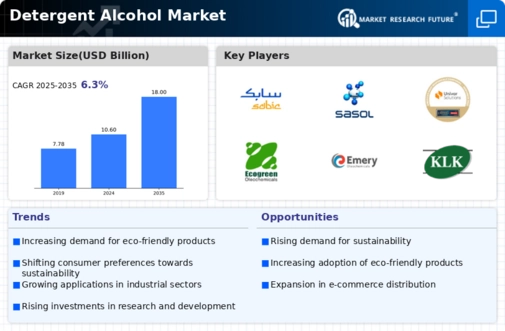

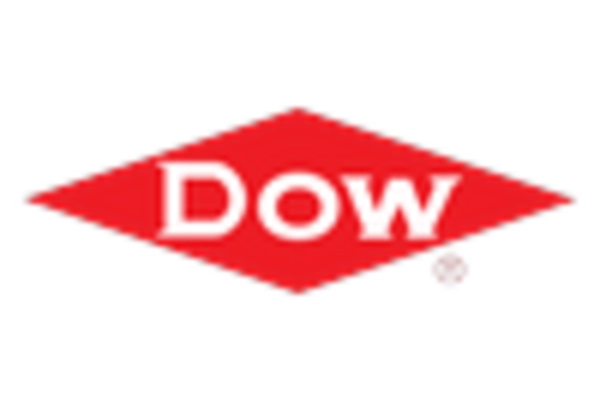
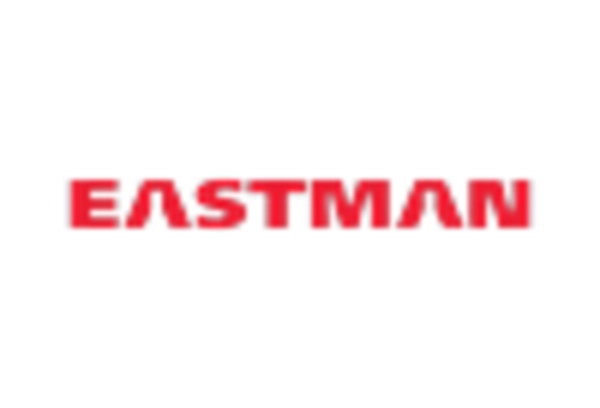
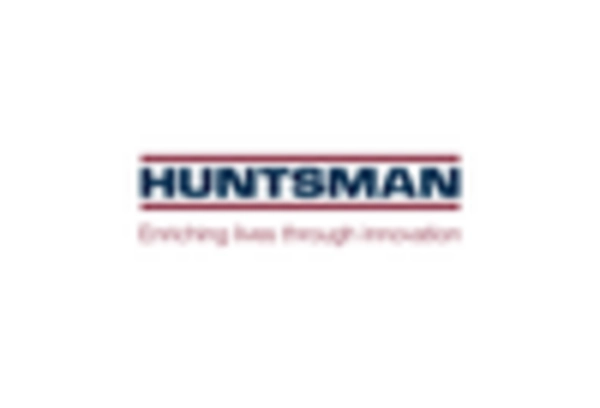
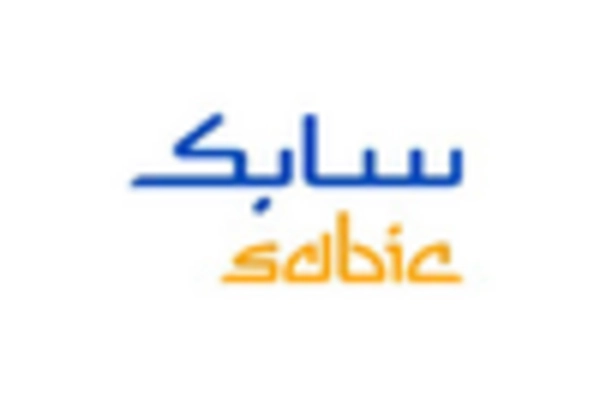
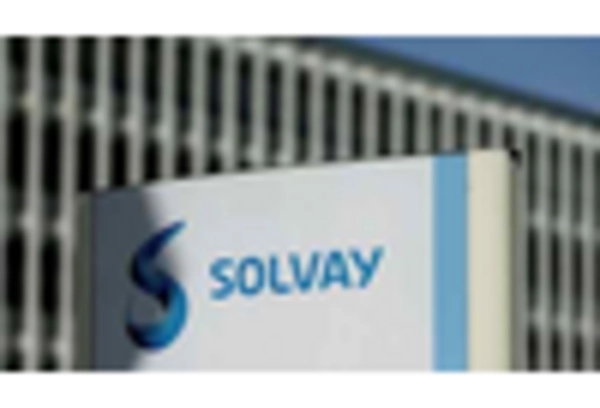









Leave a Comment